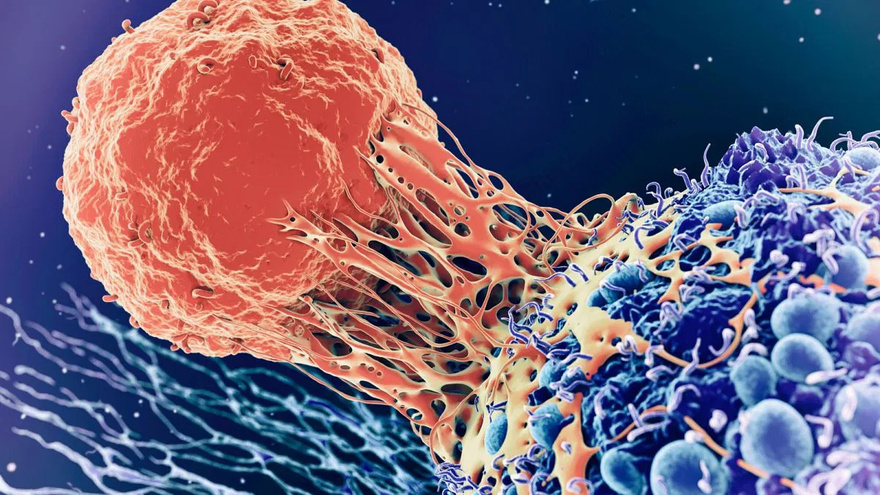A Time-Honored Herb with Modern Promise
Artemisia annua, also called sweet wormwood or Qinghao, has a rich history spanning over two millennia in Traditional Chinese Medicine. Its global recognition surged when researchers identified artemisinin, its key compound, which showed exceptional efficacy against malaria, a breakthrough that led to a Nobel Prize in 2015.
Today, scientists are turning their attention to a new and urgent use for this ancient plant: the treatment of can.cer.
A Breakthrough in Can.cer Research
Researchers at the University of Washington uncovered an astonishing result during laboratory testing. They discovered that artemisinin, particularly when used in conjunction with iron, could eliminate up to 98% of breast can.cer cells within just 16 hours.
Published in reputable scientific journals, this discovery attracted international attention. Although it’s not yet a definitive cure, it marked a significant advance in can.cer research and opened promising new avenues.

How It Targets Can.cer Cells
Can.cer cells, due to their accelerated growth, tend to consume much more iron than normal cells. Artemisinin takes advantage of this by interacting with the iron inside these cells, triggering the release of free radicals—highly reactive molecules that cause cellular damage and ultimately cell death.
Because healthy cells contain far less iron, they remain largely unaffected. This selective behavior makes artemisinin a compelling candidate as a targeted anti-can.cer agent.
This mechanism is often likened to a “Trojan horse,” where the can.cer cells unwittingly invite in a compound that leads to their own destruction from the inside out.
Beyond Breast Can.cer: Broader Potential
Further laboratory studies suggest that artemisinin and its related compounds may be effective against a range of can.cers, including:
-Lung can.cer
-Colon can.cer
-Leukemia
-Prostate can.cer
-Pancreatic can.cer
In each case, the anti-can.cer effects were enhanced when the treatment was paired with iron, reinforcing the idea that its success relies on the iron-dependent activation process.

Understanding the Limits: Lab vs. Reality
It’s crucial to note that these promising findings are based on in vitro experiments, conducted in controlled lab environments, not in actual patients.
Despite the compelling data, several important limitations exist:
No extensive human clinical trials have verified artemisinin’s efficacy for treating can.cer.
Long-term safety, especially at high doses or when combined with other therapies, remains largely unknown.
Artemisinin has not received approval from the FDA or other major regulatory bodies for can.cer treatment.
Should You Consider Taking It?
Although artemisinin is available in some herbal supplements, using it without a doctor’s guidance is strongly discouraged. Self-treatment can disrupt ongoing medical therapies or lead to delays in receiving appropriate care.
Medical experts emphasize that while the potential is exciting, artemisinin should not replace conventional treatments. More comprehensive studies and clinical trials are necessary before it can be recommended as a safe and effective can.cer therapy.

Until then, artemisinin stands as an intriguing subject of scientific exploration, not a substitute for evidence-based medical treatment.






























